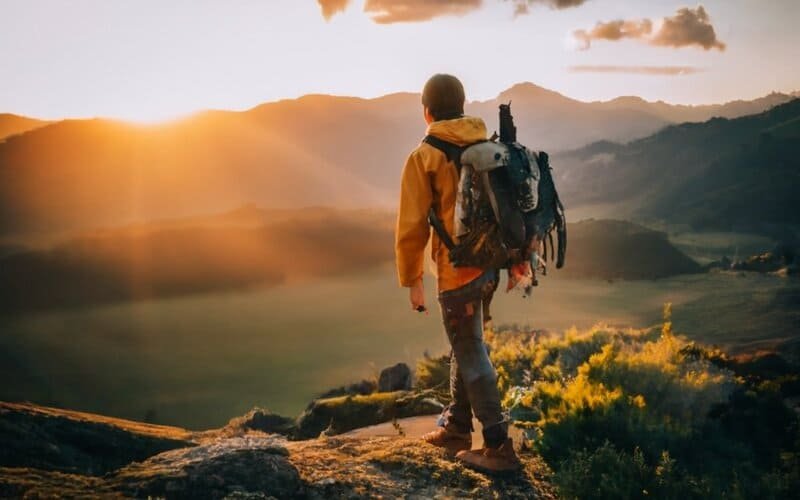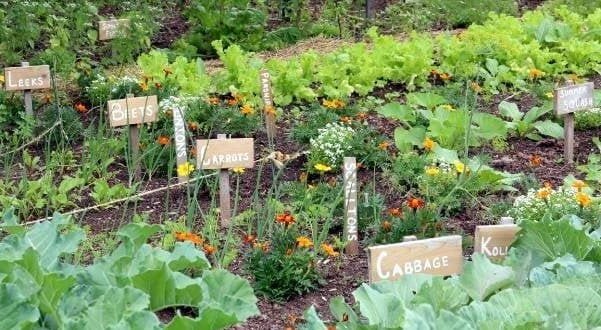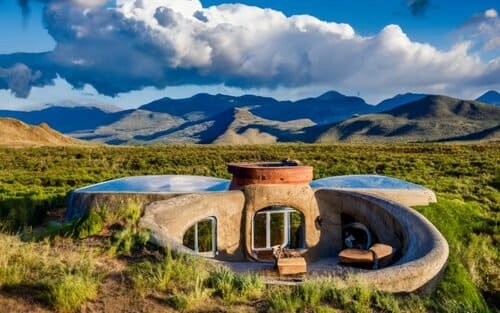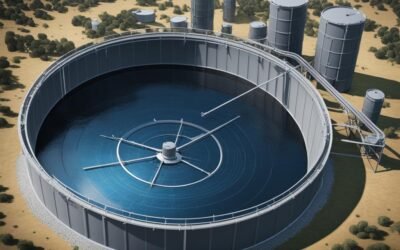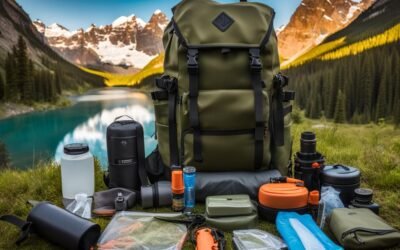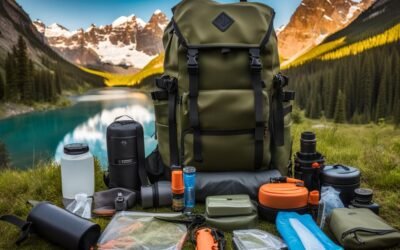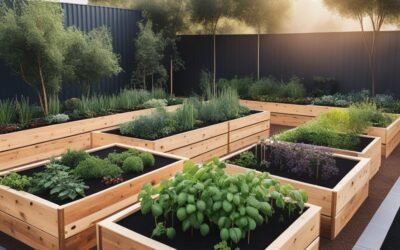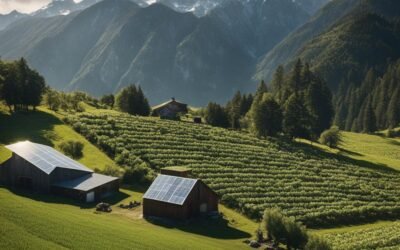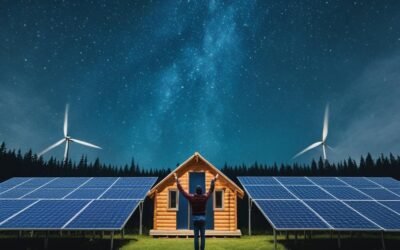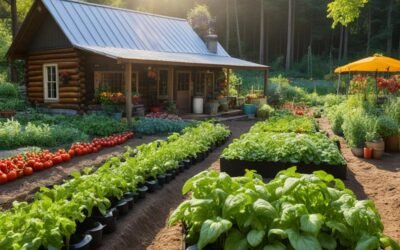A Guide to Off-Grid Living
A Basic guide To Off Grid LivingGoing “off-grid” has become an increasingly popular concept these days. The idea of disconnecting from public utilities and becoming more self-sufficient holds great appeal for many people. But what does off-grid living really require on a day-to-day basis? This comprehensive guide tackles the realities of establishing an off-the-grid living situation and thriving within an independent, sustainable lifestyle.

What Does Living “Off the Grid” Actually Mean?
When we talk about off-grid living, we’re referring living without being connected to the grid, to fully disconnecting a home from reliance on public electric, water, sewer and other municipal utility grids. To live off-grid, you must meet household needs like power, water and waste disposal completely independently using sustainable systems and renewable energy sources. This typically means installing solar panels or wind turbines for electricity, drilling a well or collecting rainwater for water supply, and utilizing composting toilets and septic systems for handling sewage and waste. It’s a massive shift from conventional modern grid-connected living.
Assessing Your Motivations for Off-Grid living
People choose to transition to off-grid living for a variety of reasons:
- Greater resilience and self-reliance in case public utility grids fail
- The ability to live sustainability with minimized environmental impact
- Financial motivations like avoiding monthly utility bills forever
- Ideological motivations like independence from government oversight
Take time to deeply analyze what’s driving your interest in disconnecting from the grid so you can adequately prepare. This lifestyle change requires tremendous dedication, effort and sacrifice.
Prepping Your Off-Grid Property and Building Sustainable Housing
Acquiring land suitable for fully off-grid living is the crucial first step. Look for acreage with abundant solar exposure, existing water sources like streams or good groundwater, and local building codes/zoning that allow off-grid construction. Once you’ve found the perfect off-grid parcel, planning considerations include:
- The ideal placement and orientation of infrastructure like your home, solar panels, gardens and outbuildings.
- Incorporating sustainable passive solar design, insulation, ventilation and temperature regulation in your off-grid home.
- Researching eco-friendly building techniques and energy/water efficient fixtures and appliances.
Thoughtful property and home prep sets the stage for smoothly transitioning off-grid.
Powering an Off-Grid Tiny Home and Homestead Sustainably
The core of any off-grid living setup is the power system providing electricity. Typical options include:
- Solar Power Solar photovoltaic (PV) systems: solar panels, charge controllers, inverters, batteries. Utilize solar energy with a solar system
- Wind turbines: work alone or in conjunction with solar arrays
- Micro-hydro power: harnessing streams or water sources via water wheels or turbines
- Gas/propane generators: backup energy supply for shortfalls
Careful planning ensures your power system can handle all electrical loads and demands.
Achieving Water Independence With Wells, Rain Catchment and Conservation
Sourcing adequate water for drinking, washing, gardening and animals poses a major challenge off-grid. Recommended strategies include:
- Drilling wells to tap into underground aquifers and groundwater.
- Collecting rainwater in gutters/tanks off roof surfaces.
- Implementing strict conservation like low-flow fixtures, drip irrigation, greywater reuse.
A diversified and thoughtful water plan enables thriving off the public water grid.
Producing Your Own Food Through Gardening, Livestock and Preservation
With the right techniques, off-grid homesteads can grow or raise much of their own food via:
- Grow your own food with extensive gardens and orchards for vegetables, fruits and grains.
- Keeping egg-laying poultry and livestock like goats for meat and dairy.
- Preserving summer surpluses by canning, freezing, drying food for winter provisions.
Achieving food self-sufficiency takes skill, research and perseverance.
Managing Waste, Sewage and Sanitation Off the Grid
Without access to public waste disposal, off-grid dwellers must find independent and eco-friendly solutions:
- Composting toilets allow processing human waste onsite.
- Constructed wetlands filter greywater from sinks and showers septic tanks if possible.
- Recycling and composting minimize trash volumes needing disposal.
Proper sanitation is vital when living off public sewage and waste systems.
Financial Self-Sufficiency Through Reduced Spending, Income Streams and Community
While requiring substantial upfront investment, off-grid living can become financially sustainable by:
- Slashing expenses and embracing frugality wherever possible
- Developing location-independent incomes like online work/businesses
- Bartering goods and services within your local off-grid community
- Using your homestead’s resources for marketable agricultural products
With creativity and grit, financial freedom off the grid is attainable.
I hope this overview has provided a transparent look at the responsibilities and rewards involved in transitioning to a more self-sufficient off-grid lifestyle.

